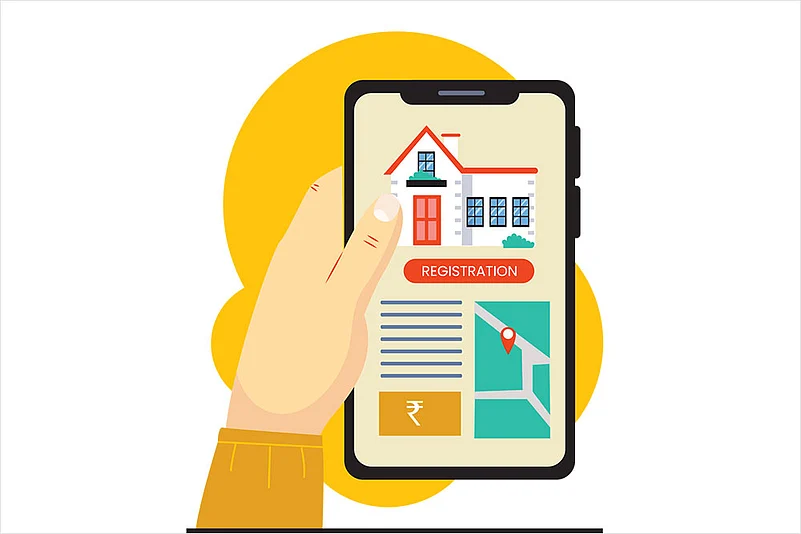Buying a property usually entails endless paperwork and standing in queues to complete certain processes. Now you can at least do the property registration online. The government’s push for digitisation has eased many tasks, including the e-registration of property.
E-registration is in sync with online processes that allow digital signatures and electronic records to hold up in court, and it is designed to reduce fraud, delays, and exchange of unaccounted money.
Many states have rolled out e-registration, a system that lets you handle most of the property registration process online. It’s not perfect, but it’s a lot better than standing in line for six hours with a folder full of papers.
Step-By-Step Process
1. Visit your state’s land registration website. For example, for Delhi it is DORIS, for Maharashtra IGR, and for Uttar Pradesh it’s IGRSUP
2. Create a user login
3. Enter the property details, location, ownership, type (residential, agricultural, etc.)
4. Upload scanned versions of all relevant documents (see Documents You’ll Need)
5. Pay stamp duty and registration charges online
6. Once verified, your land will get officially registered
7. Book an appointment at your local sub-registrar’s office
8. Show up on the scheduled date with original documents and two witnesses
Documents You’ll Need
For self-owned property:
Sale deed on stamp paper
E-stamp receipt
ID proofs (Aadhaar, PAN, passport)
Passport-size photos of buyer and seller
TDS proof (for properties worth ₹50 lakh or more)
Past ownership records
For inherited property:
Original title deed and encumbrance certificate
Succession certificate or legal heir certificate along with relationship and ID proofs of heirs
The Will, if there is one
The death certificate of the last owner
No-objection certificates (NOC) from heirs
You also need to mutate land records to register your name officially
Urban versus Rural
Urban Areas:
Stamp duty is often higher (around 6 per cent)
You may need to include building plans, occupancy certificates, or municipal no-objection certificates
Internet access and digital coordination are smoother
Rural Areas:
Stamp duty is typically lower (about 5 per cent)
Land classification matters; you may need documents to prove it’s agricultural or not
Local bodies like the panchayat or tehsildar may need to sign off














